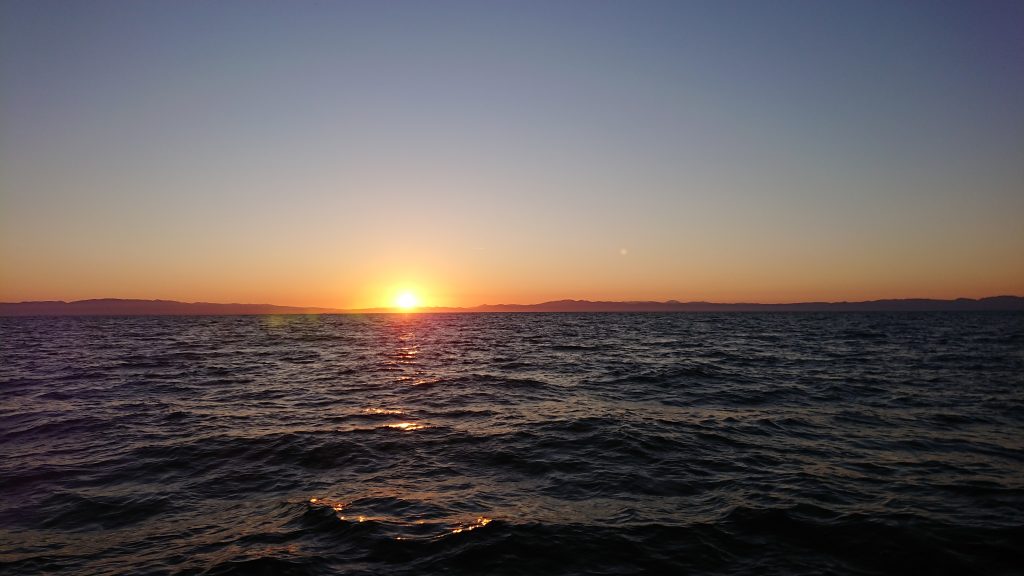
Although students are only just going back to schools and university, my academic year started early with August being a month of learning for me. After a period of relative stagnation, using my brain whilst studying an environmental management course online felt productive and fulfilling. The course has enabled me to add substance and theory to my beliefs around the environmental challenges we all face and provided me with key information so that I can support and advise industry and individuals around effective commercial and lifestyle changes. Given the recent climate we have experienced, I am hoping now more than ever, that we will build our economy back to be greener and better than before, looking to future proof our choices.
Staying with the environmental theme, it is heartening to hear that although new car sales have fallen generally, the demand for electric cars has risen. Tax efficient incentives together with new scrappage and emission regulations have all helped steer consumers in the direction of electric cars and I myself have just taken the plunge. Having driven hybrid cars for the last 12 years, I decided earlier this year to commit to full electric and my silent steed arrived a couple of weeks ago. My learning has not been limited to the online course as driving an electric car has been an education in itself. I have learnt about charging at home and at public charge pods, regenerative breaking, planning long distant routes around charging points (as well as dog walk spots!) and now feel fully immersed in the electric car world. So much so, that I genuinely feel that I may never set foot on a petrol station forecourt again. There is no denying the initial outlay is high but the savings when comparing fuel to home charging are significant and whilst I know there is an argument against the electricity supply and the batteries circular lifecycle, it is currently the best option available to us now and is a step in the right direction.
Having been selected to represent Team GBR in Genoa for the European Championships meant travelling for the first time since January and it was a little daunting. I was really disappointed to find Heathrow one of the worst places when it came to social distancing and taking sensible precautions. Right from arrival at the airport the situation could have been managed so much better. There were two flights worth of people crammed into long snaking queues and corralled into a writhing mass with no social distancing in sight. Only four desks were open, and no self-service checkouts were operational despite the rest of the airport being deserted. Surely, knowing how many people were booked on those two early morning flights, the set up could have been greatly improved?
Poor weather in Genoa meant that after two failed attempts to land and circling at sea until fuel levels were so low, they had to give up on Genoa and send us to Turin. We then boarded a bus, full to the brim of people, to drive back to Genoa. After 16 hours of travel, being cooped up inside and wearing face masks we were relieved to finally step through the door of our apartment in Italy. A good night’s sleep and we would be ready to start our next adventure on the L30 sailing yacht.
Covid 19 has wiped most of the yacht racing season out, but the recent availability of more double handed sailing has been a real boon for me. This type of sailing seems to be an acceptable and accessible way to get back racing and on the water again so we are definitely seeing this class rise in popularity. It is super competitive and fun racing on small boats. Most of the boats are in the region of 30 feet and have been well tested this past month in a variety of conditions; from super light zephyrs right through to the remnants of Storm Ellen with 30 knots of wind and big waves as the tidal flow changed and turned against the wind.
I have been sailing a Sunfast 3300 with James Harayda with a mixed bag of results. Generally we had fared better in the lighter conditions which we had hoped would set us up well for the European championships.

Nine boats representing nine nationalities were entered, although Monaco had to pull out due to injury. The entry list was an array of Olympic medallists and round the world veterans and even I felt slightly out of my league here. We were pleased to discover that we were not alone in never sailing the L30 before as the Dutch, Irish and Italians were all in the same boat (pun intended).
The French and Belgium teams had been on the podium at a regatta just two weeks previously and Belgium were on the European championship podium last year. They own and train on an L30 yacht so are experienced in pushing the boat to its full potential. The German team also own their boat and Rasmus, who is also Class president, has sailed nearly 3000 miles on his boat. The Spanish had sailed the delivery of their boat from Marseilles to Genoa, allowing them to gain valuable experience on boat set ups along the way. So, between us all, we brought a real eclectic mix of experience and specifically experience of this boat. I knew at least one person from each of the other teams, having either sailed with or against them over the years, but in a light wind venue and sailing an unknown beast was going to make it tricky for all of us.
We had two days on the boat before we crossed the start line for the three night / three day race setting out from Genoa. The course was around various islands between the Italian coast and Corsica, providing us with a mix of testing local effects with some beautiful scenery to soften the blow.
Day One was for registration and the boat handover – after drawing numbers out of a hat late in the day, we took delivery of boat number 18, fully loaded with sails and equipment and ready to hit the water the next day.
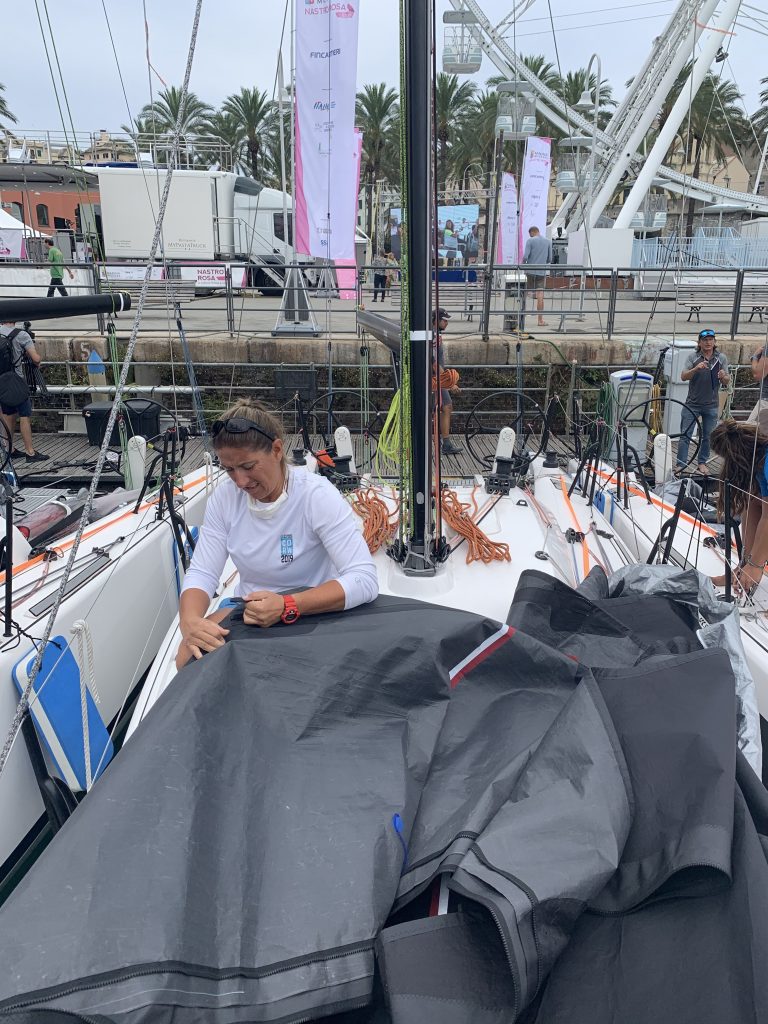
Day Two was the first day of sailing – we went out on a mission to hoist every sail, sail on every angle and get a feel for the boat and how she handled. The L30 have lifting rudders and also a keel trim tab, backstays and checkstays as extra trimming tools to maximise boat performance. We arrived back at the dock in time for a briefing and dinner with the Mayor of Genoa, who is a huge supporter of sailing and keen to make Genoa a prominent sailing and event destination in the Mediterranean.
Day Three was dedicated to the media – we sailed out to the race course where we picked up our media guest for the day. The planned race was a windward leeward course of 1.2 miles and two laps but this was shortened to one lap due to the light winds. We had a clear start and sailed the upwind leg well, leading the tacks and positioning ourselves with the front of the fleet. We rounded behind the French and Belgium teams with the Dutch on our heels. Claiming third place at the finish boosted our morale and gave us confidence in our manoeuvres and handling of the boat.
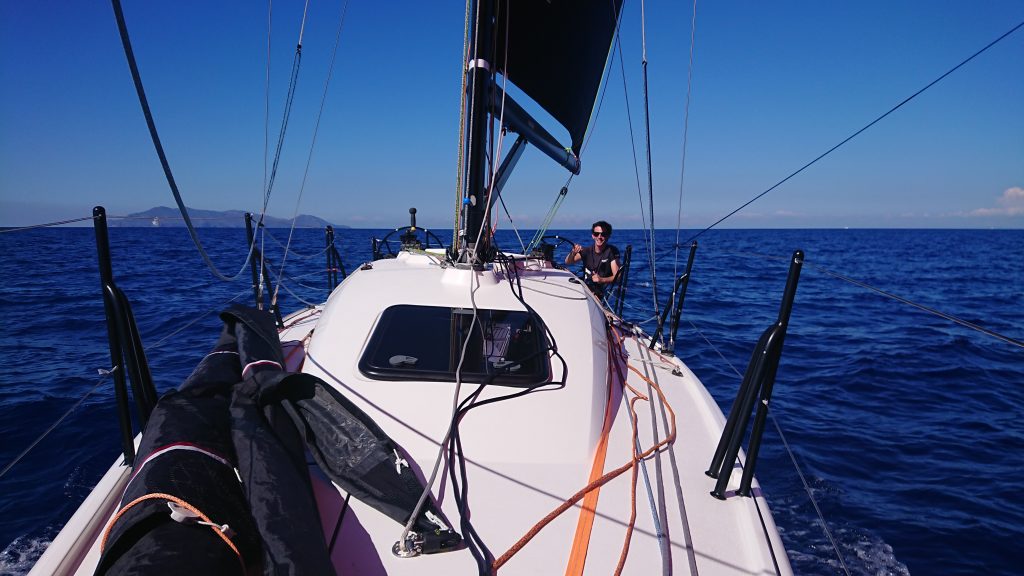
Day Four was race day with a 1500hrs start and a plan to race for 72 hours with a finish time limit of 1800hrs on Saturday 5th September.

Our plan was to be east of the fleet on the first leg. We started on the Code 0 and held our lane with the heading following the routing to the east of the rhum line. We peeled to the spinnaker and struggled to hold our boat speed against the French. Although we were east of the rhum line, we were not east of the fleet as we had planned but made the decision to stay where we were. With hindsight this was a mistake and we should have made an effort to gybe ourselves further east as the French, Belgium and Spanish did.
We experienced soft winds overnight and rounded Giraglia with the Italians and Germans early morning, making some gains on the latter before heading across to the Island of Capraia. This was a straight downwind on port and as we approached Capraia we gybed early and made gains with the acceleration along the island. After this island we aimed to get right of the course for what the grib files showed as stronger pressure. Sadly, this was not the case and the thermal breeze at Elba allowed the Italians, Germans and the Dutch to sail inside us, covering half the distance.
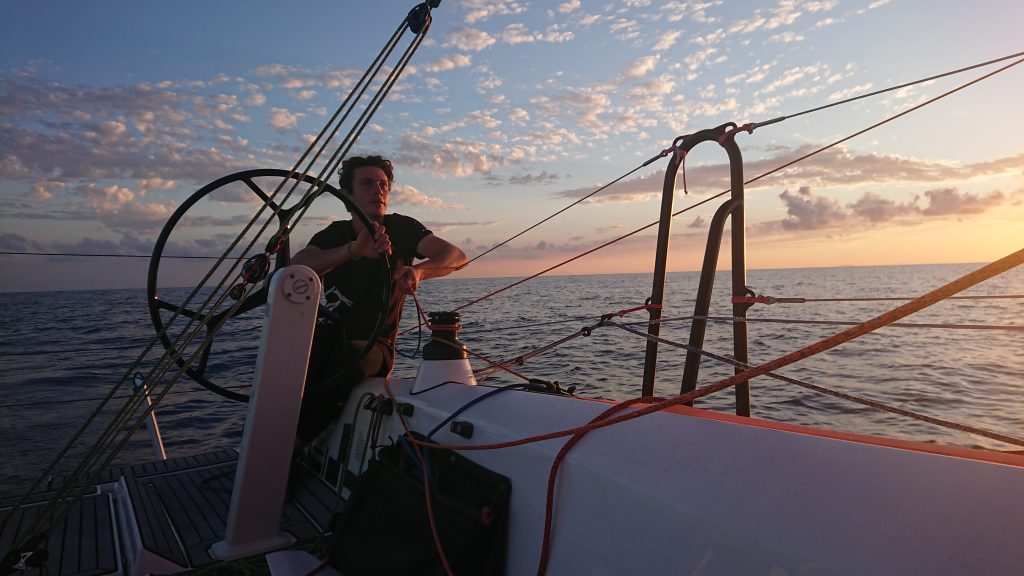
We rounded Pianosa behind the Dutch on the second night and our frustration fuelled our hard work to round the island, get north and claim those lost miles back. We rounded with good preparation for the sail changes, going from Spinnaker to Code 0 and then upwind on the J1.
We worked the right hand of the turn around the island of Elba, getting lifted further each tack we took into the island. Once at the north east corner of the island we chose to stay out, which allowed us to get back in front. It was a straight line to the mainland from here and we held our height and speed against the Dutch.
We were lifted by a new wind on the mainland shore and cracked sheets to sail towards Secche Della Meloria, which saw several transitions as we played cat and mouse with the Dutch along this route. Just before the waypoint the Dutch slowed and we sailed to create some separation and then stopped. The Dutch caught a puff that allowed them to hook into new breeze and take them off and over the horizon as we sat for approximately three hours trying to move in no breeze.
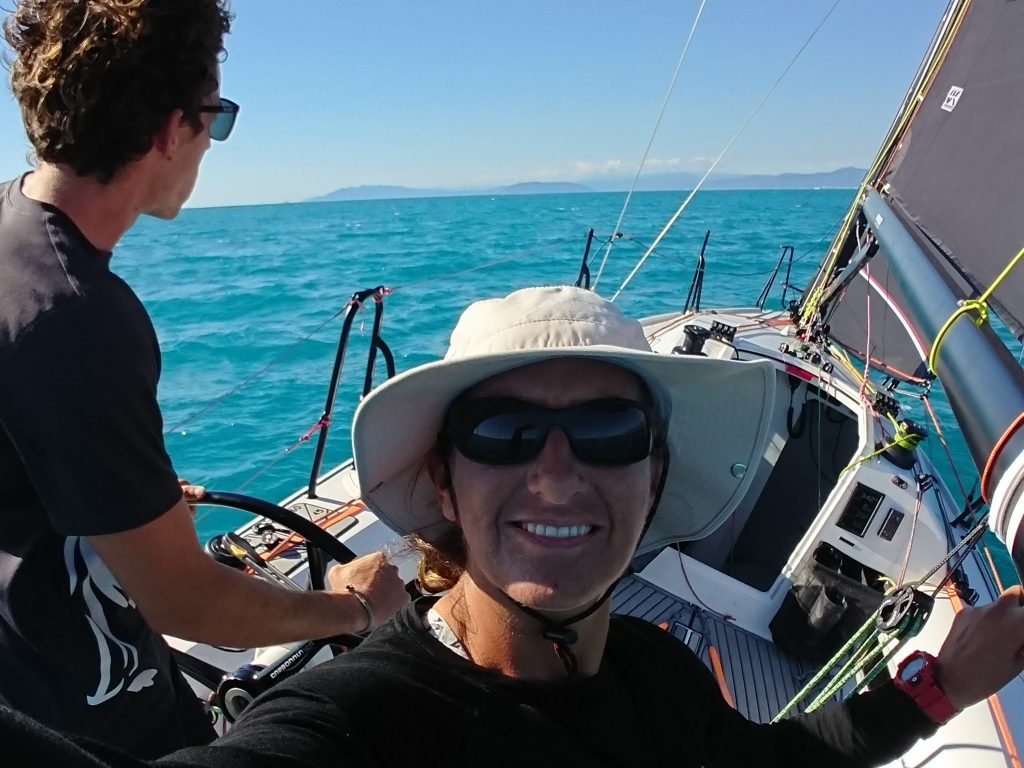
When we were finally able to get moving again, we knew we would be sailing at the various headlands at different times of the day. We would have to sail our own race which is more difficult once you have lost a reference point for speed and height from a fellow competitor nearby. We rounded the island of Tinetto, our next waypoint, at sunset and the sky was lit with deep hues of reds, purples and oranges.
As we approached the next mark, we saw the fleet racing the final 20 mile windward / leeward section of the course. As we turned to join them, we saw the French team finishing victoriously. They had sailed a very impressive race, but the stand out performance for me overall was the Italian team. They were fast and sailed the islands really well. The Irish Team retired as they were not going to make the time limit of 1800hrs and sadly we finished in 7th place.

Overall our manoeuvres and communication were good and positive with exception of the frustration felt at Secche della Meloria. We did achieve good speeds and managed to make up some of the lost miles along the course against the others. What we lacked was knowledge and practical application of using the thermal winds and them taking preference against the grib files in this area. Lots learnt and I hope we have the opportunity to go back and put in an improved performance next time.